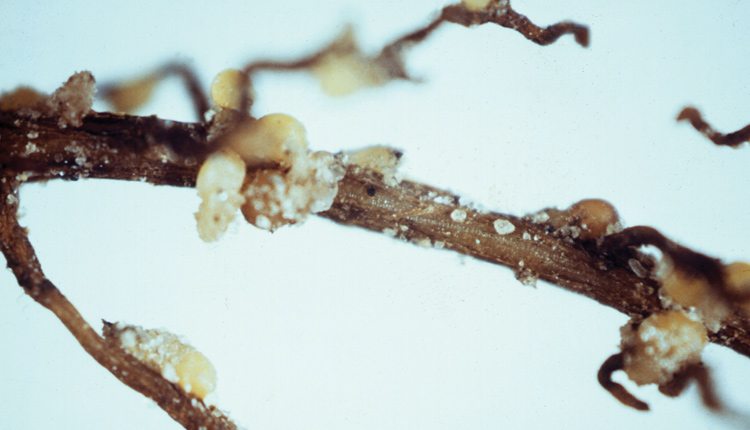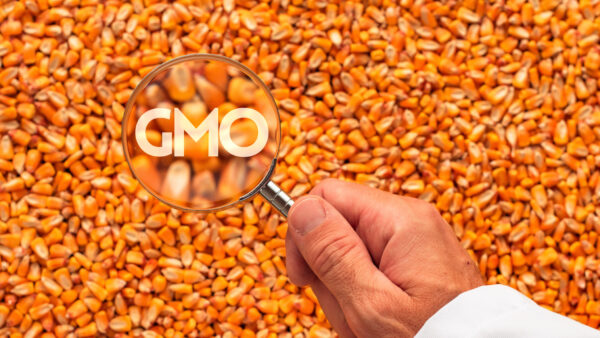Stringent regulations, climate change and an increasing global population push both seed companies and farmers to grow more using less land and fewer resources._x000D_
_x000D_
India is projected to be the fastest growing market for seed, followed by China due to government initiatives in promoting technology driven agricultural practices, according to a new report, Seed Market by Type: Global Trends & Forecast to 2020. Additionally, the cereals and grains segment is projected to be the biggest market for seed globally from 2015 to 2020._x000D_
_x000D_
Data from the report shows that land-use efficiency is emerging as one of the key drivers for sustainable agricultural and food production systems. This means that new, higher-yielding plant varieties will be required, alongside new seed innovations such as drought- or salt-tolerant crops, to help keep the existing and bring new land currently considered unfit for farming into productive agricultural use._x000D_
_x000D_
Seed is one of the most important factors in crop production, and the efficient use of other agri-inputs depends on it._x000D_
_x000D_
Every seed counts. Today, farmers can plant a field of seeds with the expectation that every seed planted will emerge within a 24- to 48-hour window. The technologies that make this possible are seed treatments, coatings and polymers. Today, farmers are increasing production and growing more from less._x000D_
_x000D_

_x000D_
Managing Biologicals_x000D_
_x000D_
According to Syngenta Seedcare, “a seed treatment is a chemical/biological substance or physical process applied to seeds or seedlings to protect against insects, seed- and soil-borne diseases and certain weather conditions such as frost, drought or flooding.”_x000D_
_x000D_
One of the more recent advancements is the application of beneficial insects or parasites to seed to help protect it when it’s most vulnerable and throughout the growing season._x000D_
_x000D_
A primary difference between a biological and a synthetic seed treatment is that biologicals tend to be active and longer lasting than synthetic treatments because, in some cases, it’s a living organism that’s being applied. However that’s also caused the industry trouble as these living organisms can die and become ineffective if conditions are not conducive for survival._x000D_
_x000D_
The newest biological seed treatment product to hit the market is Syngenta’s Clariva pn seed treatment, designed to help protect the roots of soybeans and target soybean cyst nematode (SCN)._x000D_
_x000D_
SCN is the leading cause of soybean yield loss in North America. These tiny creatures can cause yield reductions of 15 to 30 per cent or more on susceptible varieties yet show no visible symptoms of nematode damage. Additionally, SCN spurs the spread and development of sudden death syndrome._x000D_
_x000D_
“Clariva pn treated soybean seeds will take current SCN management programs to the next level by reducing SCN feeding and reproduction,” says Nathan Klages, Syngenta Canada product lead for Seedcare and Inoculants._x000D_
_x000D_
Klages explains that Clariva pn contains the Pasteuria nishizawae bacteria as the active ingredient. Each seed is treated with more than 1 million of these spores, so as soon as it hits the ground, it establishes a protective zone around the young soybean plant’s roots._x000D_
_x000D_
P. nishizawe spores infect and eventually kill SCN that come into contact with plant roots by curbing their ability to feed and reproduce, he says, adding that as the remnants of the nematodes decompose the spores are released back into the soil. This helps to provide season-long activity and suppression against SCN._x000D_
_x000D_
“Until now, the most common method of managing SCN has been to select soybean varieties with resistance to the pest,” Klages says. “However, a shift in virulence of SCN means growers require additional management tools, and Clariva pn fills that need.”_x000D_
_x000D_
Klages says that Clariva pn is compatible with Cruiser Maxx Vibrance beans and Vibrance Maxx seed treatments._x000D_
_x000D_
In a BASF AgCelence Academy poll of Canadian farmers, 66.7 per cent of farmers said they used seed treatments because earlier seeding ability is enhanced, especially in cool and wet conditions._x000D_
_x000D_
Dual Action_x000D_
_x000D_
BASF Canada offers Western soybean growers a couple seed-applied options. These include inoculants Nodulator N/T and Nodulator PRO._x000D_
_x000D_
Nodulator N/T is biostacked with active ingredients Bradyrhizobium japonicum and Bacillus subtilis. The liquid can be applied on the seed or in the furrow. The rhizobia help to maximize nodulation, resulting in increased nitrogen fixation for higher yield and protein potential. The B. subtilis bioactive delivers enhanced nitrogen fixation by increasing plant vigor, root mass and nodule formation. Once applied, the seed has a maximum shelf-life of 10 days before it needs to be planted._x000D_
_x000D_
Nodulator PRO contains the same active ingredients as Nodulator N/T, but it is formulated for longer days-on-seed survivability and professional application on seed._x000D_
_x000D_
Biologicals are an opportunity for us to serve our customer better, says Scott Kay, business director for BASF Canada. BASF wants to bring innovation through sustainability. “The company’s acquisition of Becker Underwood continues to enable that. Now we are playing a role in what goes in with the seed from the time of planting to harvest.”_x000D_
_x000D_
Additionally, Monsanto Canada is preparing for the release of Roundup Ready 2 Xtend soybeans, which the company reports will combine the yield potential of the Genuity Roundup Ready 2 Yield soybean traits, along with a herbicide program containing both dicamba and glyphosate. Genuity Roundup Ready 2 Xtend soybeans have a stacked trait tolerance to dicamba and glyphosate herbicides._x000D_
_x000D_
Genuity Roundup Ready 2 Yield, which is a key component of Roundup Ready 2 Xtend soybeans, has been shown to produce more beans per pod and more bushels per acre compared to the original Roundup Ready soybeans._x000D_
_x000D_
Currently under regulatory review, Derek Freitag, Monsanto technology development lead for Eastern Canada, says the Xtend cropping system provides farmers with proactive weed management recommendations, incentives to use multiple herbicide modes of action, and educational resources._x000D_
_x000D_
“The system is designed to provide consistent and flexible control of tough to manage and glyphosate resistant weeds, resulting in cleaner fields and higher yield potential,” Freitage says._x000D_
_x000D_
Regardless of the technology, soybean growers have new tools to ward off pests._x000D_











